Marine Hydraulic Process Modelling Using SMC-Brasil on the Semi-Arid Brazilian Coast
Abstract
1. Introduction
2. Materials and Methods
2.1. Study Area
2.2. Methodology
2.2.1. General Survey (I)
2.2.2. Data Processing (II)
2.2.3. Running the Models (III)
2.2.4. Interpretation of Results (IV)
3. Results
3.1. Marine Dynamics on the Continental Shelf
3.2. Detailed Hydraulic Processes
3.2.1. Wave Climate of the Detail Areas
3.2.2. Exploratory Sea Level Analysis
3.2.3. Hydraulic Process Simulations
4. Discussion
5. Conclusions
Author Contributions
Funding
Data Availability Statement
Acknowledgments
Conflicts of Interest
References
- Nicolodi, J.L.; Petermann, R.M. Potential vulnerability of the Brazilian coastal zone in its environmental, social, and technological aspects. Panam. J. Aquat. Sci. 2010, 5, 12–32. [Google Scholar] [CrossRef]
- Pardal, A.; Christofoletti, R.A.; Martinez, A.S. Urbanisation on the Coastline of the Most Populous and Developed State of Brazil: The Extent of Coastal Hardening and Occupations in Low-Elevation Zones. Anthr. Coasts 2024, 7, 15. [Google Scholar] [CrossRef]
- Franz, G.; Garcia, C.A.E.; Pereira, J.; de Freitas Assad, L.P.; Rollnic, M.; Garbossa, L.H.P.; da Cunha, L.C.; Lentini, C.A.D.; Nobre, P.; Turra, A.; et al. Coastal Ocean Observing and Modelling Systems in Brazil: Initiatives and Future Perspectives. Front. Mar. Sci. 2021, 8, 681619. [Google Scholar] [CrossRef]
- Aguiar, L.S.; Amaro, V.E.; Araújo, P.V.N.; Santos, A.L.S. Low Cost Geotechnology Applied to Flood Risk Assessment in Coastal Urban Areas in Climate Change Scenarios. Geosci. Inst. Yearb. 2019, 42, 267–290. [Google Scholar] [CrossRef]
- Boori, M.S. Coastal vulnerability, adaptation and risk assessment due to environmental change in Apodi-Mossoro estuary, Northeast Brazil. Int. J. Geomat. Geosci. 2010, 1, 620. [Google Scholar]
- Araújo, V.N.; Amaro, V.E.; Aguiar, L.S.; Lima, C.C.; Lopes, A.B. Tidal flood area mapping in the face of climate change scenarios: Case study in a tropical estuary in the Brazilian semi-arid region. Nat. Hazards Earth Syst. Sci. 2021, 21, 3353–3366. [Google Scholar] [CrossRef]
- Vital, H.; Silveira, I.M.d.; Tabosa, W.F.; Lima, Z.M.C.; Lima-Filho, F.P.; Souza, F.E.S.; Chaves, M.S.; Pimenta, F.M.; Gomes, M.P. Beaches of Rio Grande do Norte. In Brazilian Coastal Zone: Coastal Evolution, Management and Sustainability; Vieira, J., de Lacerda, L.D., Krelling, A.P., Eds.; Coastal Research Library; Springer: Cham, Switzerland, 2016; Volume 19, pp. 201–229. [Google Scholar] [CrossRef]
- The WAM Group. The WAM Model—A Third Generation Ocean Wave Prediction Model. J. Phys. Oceanogr. 1988, 18, 1775–1810. [Google Scholar] [CrossRef]
- Tolman, H.L.; Balasubramaniyan, B.; Burroughs, L.D.; Chalikov, D.V.; Chao, Y.Y.; Chen, H.S.; Gerald, V.M. Development and Implementation of Wind-Generated Ocean Surface Wave Models at NCEP. Weather Forecast 2002, 17, 311–333. [Google Scholar] [CrossRef]
- Booij, N.; Ris, R.C.; Holthuijsen, L.H. A Third-Generation Wave Model for Coastal Regions: 1. Model Description and Validation. J. Geophys. Res. Oceans 1999, 104, 7649–7666. [Google Scholar] [CrossRef]
- Holthuijsen, L.H. Waves in Oceanic and Coastal Waters; Cambridge University Press: Cambridge, UK, 2007. [Google Scholar] [CrossRef]
- Komen, G.J.; Cavaleri, L.; Donelan, M.A.; Hasselmann, K.; Hasselmann, S.; Janssen, J. Dynamics and Modelling of Ocean Waves; Cambridge University Press: Cambridge, UK, 1994. [Google Scholar] [CrossRef]
- Liu, Q.-X.; Rogers, W.J.; Babanin, A.V.; Young, I.S.; Romero, L.; Zieger, S.; Qiao, F.; Guan, C. Observation-Based Source Terms in the Third-Generation Wave Model WAVEWATCH III: Updates and Verification. J. Phys. Oceanogr. 2019, 49, 489–517. [Google Scholar] [CrossRef]
- Quetzalcóatl, O.; González, M.; Cánovas, V.; Medina, R.; Espejo, A.; Klein, A.; Tessler, M.G.; Almeida, L.R.; Jaramillo, C.; Garnier, R.; et al. SMC, a coastal modelling system for assessing beach processes and coastal interventions: Application to the Brazilian coast. Environ. Model. Softw. 2019, 116, 131–152. [Google Scholar] [CrossRef]
- González, M.; Gutiérrez, O.; Cánovas, V.; Kakeh, N.; Medina, R.; Espejo, A.; Mendez, F.; Abascal, A.J.; Castanedo, S.; Martinez, C.; et al. The New Coastal Modelling System SMC-Brasil and Its Application to the Erosional Problem in the Massaguaçu Beach (São Paulo, Brazil). Proc. Int. Coast. Conf. Eng. 2014, 1, 49. [Google Scholar] [CrossRef]
- Julio, F.M.S.; Manzolli, R.P.; Portz, L.; Barboza, E.G. Geomorphological responses due to storm wave events at Praia da Barra, Garopaba—Santa Catarina State, Southern Brazil. J. Coast. Res. 2020, 95, 474. [Google Scholar] [CrossRef]
- Rodrigues, T.K.; Dominguez, J.M.L. Use of the Coastal Modeling System (SMC-Brasil) in the study of the dynamics of the coast of the Aracaju-Sergipe. Rev. GeoNordeste 2017, 2, 95–116. [Google Scholar]
- Gomes, G.; da Silva, A.C. Coastal erosion case at Candeias Beach (NE-Brazil). J. Coast. Res. 2014, 71, 30–40. [Google Scholar] [CrossRef]
- Fernandes, D.; Castro, J.W.A. Longshore sediment transport rate in Formosa Bay, Rio de Janeiro State-Southeast Brazil. J. S. Am. Earth Sci. 2024, 137, 104834. [Google Scholar] [CrossRef]
- Almeida, L.R.d.; Amaro, V.E.; Marcelino, A.M.T.; Scudelari, A.C. Wave Climate Evaluation of Ponta Negra Beach (RN, Brazil) through the Use of SMC-Brasil and Its Contribution to Coastal Management. Rev. Gestão Costeira Integr. 2015, 15, 135–151. [Google Scholar] [CrossRef]
- Onofre, J.; Rodrigues, A.; Silva, R.; de Lira, S. Morphological and sedimentary patterns of a semi-arid shelf, Northeast Brazil. Geo-Mar. Lett. 2019, 40, 835–842. [Google Scholar] [CrossRef]
- Lacerda, L.D.; Ferreira, A.C.; Borges, R.; Ward, R. Challenges to mangroves of the semiarid equatorial coast of Brazil in the Anthropocene. Camb. Prisms Coast. Futures 2024, 2, 16. [Google Scholar] [CrossRef]
- Soares, M.S.; Campos, C.C.; Bastos, P.; Barroso, H.S.; Marins, R.V.; Teixeira, C.; Ozilea, M.L.; Feitosa, C.V.; Sánchez-Botero, J.I.; Ernesto, L.; et al. Challenges and perspectives for the Brazilian semi-arid coast under global environmental changes. Perspect. Ecol. Conserv. 2021, 19, 267–278. [Google Scholar] [CrossRef]
- Rabelo, T.O.; Túlio, M.; Gabriela, I.; Luiza, M.; Queiroz, L.S.; Paulo; Pereira, P. Risk of Degradation and Coastal Flooding Hazard on Geoheritage in Protected Areas of the Semi-Arid Coast of Brazil. Water 2023, 15, 2564. [Google Scholar] [CrossRef]
- Intergovernmental Panel on Climate Change (IPCC). Climate Change 2022: Impacts, Adaptation and Vulnerability; Contribution of Working Group II to the Sixth Assessment Report of the Intergovernmental Panel on Climate Change; Pörtner, H.-O.O., Roberts, D.C., Tignor, M., Poloczanska, E.S., Mintenbeck, K., Alegría, A., Craig, M., Langsdorf, S., Löschke, S., Möller, V., et al., Eds.; Cambridge University Press: Cambridge, UK, 2023; 3056p. [Google Scholar]
- Diniz, M.T.M.; Vasconcelos, F.P.; Martins, M.B. Technological innovation in Brazilian sea salt production and the resulting socio-territorial changes: An analysis from the perspective of Schumpeter’s Theory of Entrepreneurship. Soc. Nat. 2015, 27, 421–437. [Google Scholar] [CrossRef]
- Kelly, B.; Lucio, P.S. Characterisation of risk/exposure to climate extremes for the Brazilian Northeast-Case study: Rio Grande do Norte. Theor. Appl. Climatol. 2014, 122, 59–67. [Google Scholar] [CrossRef]
- Medeiros, F.J.; Gomes, R.S.; Coutinho, M.D.L.; Lima, K.C. Meteorological droughts and water resources: Historical and future perspectives for Rio Grande do Norte State, Northeast Brazil. Int. J. Climatol. 2022, 42, 6976–6995. [Google Scholar] [CrossRef]
- Barbosa, M.E.F.; Boski, T.; Bezerra, F.H.R.; Lima-Filho, F.P.; Gomes, M.P.; Pereira, L.C.; Maia, R.P. Late Quaternary Infilling of the Assu River Embayment and Related Sea Level Changes in NE Brazil. Mar. Geol. 2018, 405, 23–37. [Google Scholar] [CrossRef]
- Vital, H.; Rocha, G.R.; Plácido, J.S. Morphodynamics of Arrombado Tidal Inlet, Macau-RN (NE Brazil). In Proceedings of the Coastal Sediments 2011; World Scientific: Singapore, 2011; pp. 327–338. [Google Scholar] [CrossRef]
- Vital, H. The Mesotidal Barriers of Rio Grande do Norte. In Geology and Geomorphology of Holocene Coastal Barriers of Brazil; Dillenburg, S.R., Hesp, P.A., Eds.; Lecture Notes in Earth Sciences, vol. 107; Springer: Berlin/Heidelberg, Germany, 2009; pp. 231–261. [Google Scholar] [CrossRef]
- McGranahan, G.; Balk, D.; Anderson, B. The rising tide: Assessing the risks of climate change and human settlements in low elevation coastal zones. Environ. Urban 2007, 19, 17–37. [Google Scholar] [CrossRef]
- Directorate of Hydrography and Navigation (DHN). Raster Nautical Charts—Navy Hydrography Centre. 2025. Available online: https://www.marinha.mil.br/chm/dados-do-segnav/cartas-raster (accessed on 7 May 2025).
- Araújo, P.V.N.; Amaro, V.E.; Alcoforado, A.V.C.; Santos, A.L.S. Vertical Accuracy and Calibration of Digital Elevation Models (DEMs) for the Piranhas-Assu River Basin, Rio Grande do Norte. Yearb. Inst. Geosci. 2018, 41, 351–364. [Google Scholar] [CrossRef]
- Vital, H.; Gomes, M.P.; Tabosa, W.F.; Pires, F.E.; Claude, S.; Saraiva, J. Characterisation of the Brazilian continental shelf adjacent to Rio Grande do Norte State, NE Brazil. Braz. J. Oceanogr. 2010, 58, 43–54. [Google Scholar] [CrossRef]
- Longuet-Higgins, M.S.; Stewart, R.W. Radiation stresses in water waves; a physical discussion, with applications. Deep Sea Res. Oceanogr. Abstr. 1964, 11, 529–562. [Google Scholar] [CrossRef]
- Soulsby, R. Dynamics of Marine Sands: A Manual for Practical Applications; Thomas Telford: London, UK, 1997; 245p. [Google Scholar]
- Reguero, B.G.; Menéndez, M.; Méndez, F.J.; Mínguez, R.; Losada, I.J. A Global Ocean Wave (GOW) Calibrated Reanalysis from 1948 Onwards. Coast. Eng. 2012, 65, 38–55. [Google Scholar] [CrossRef]
- Camus, P.; Mendez, F.J.; Medina, R.; Tomas, A.; Izaguirre, C. High resolution downscaled ocean waves (DOW) reanalysis in coastal areas. Coast. Eng. 2013, 72, 56–68. [Google Scholar] [CrossRef]
- Camus, P.; Mendez, F.J.; Medina, R. A Hybrid Efficient Method to Downscale Wave Climate to Coastal Areas. Coast. Eng. 2011, 58, 851–862. [Google Scholar] [CrossRef]
- González, M.; Medina, R.; Gonzalez-Ondina, J.; Osorio, A.; Méndez, F.J.; García, E. An integrated coastal modelling system for analysing beach processes and beach restoration projects, SMC. Comput. Geosci. 2007, 33, 916–931. [Google Scholar] [CrossRef]
- Gomes, G.; Costa, A. Nearshore wave analysis in the Brazilian Northeast based on observations and numerical models. J. Oper. Oceanogr. 2018, 11, 44–53. [Google Scholar] [CrossRef]
- Sprovieri, F.C.; Scotti, A. Scheme of the wave climate in shallow water for numerical modelling (2DH) of sand transport potential on the Cassino Beach, Rio Grande, Brazil. In Proceedings of the Coastal Sediments 2011; World Scientific: Singapore, 2015. [Google Scholar] [CrossRef]
- Silva, P.G.; Klein, A.H.F.; González, M.; Gutierrez, O.; Espejo, A. Performance assessment of the database downscaled ocean waves (DOW) on Santa Catarina coast, South Brazil. An. Acad. Bras. Ciênc. 2015, 87, 623–634. [Google Scholar] [CrossRef] [PubMed][Green Version]
- Oliveira, T.C.A.; Albino, J.; Venancio, I. Longitudinal sediment transport on the coast of the Rio Doce deltaic plain. Quat. Environ. Geosci. 2015, 6, 20–25. [Google Scholar] [CrossRef]
- Eguchi, B.M.M.; Albino, J. Bluff retreat induced by wave action on a tropical beach, in Espírito Santo, Brazil. Rev. Bras. Geofísica 2018, 36, 569–580. [Google Scholar] [CrossRef]
- Silva, I.R.; Guimarães, J.K.; Rodrigues, T.K.; Fernandino, G. Wave climate and sediment transport modelling using SMC-Brasil: Applications to Praia do Forte, northern coast of Bahia State. Rev. Bras. Geomorfol. 2016, 17, 4. [Google Scholar] [CrossRef][Green Version]
- Rodríguez, M.G.; Nicolodi, J.L.; Gutiérrez, O.Q.; Losada, V.C.; Hermosa, A.E. Brazilian coastal processes: Wind, wave climate and sea level. In Brazilian Beach Systems; Short, A., Klein, A., Eds.; Coastal Research Library; Springer: Cham, Switzerland, 2016; Volume 17, pp. 37–66. [Google Scholar] [CrossRef]
- Costa, G.; Pinto, F.T. Modelling of the coastal defence scheme of Espinho, Portugal. J. Coast. Conserv. 2012, 16, 211–221. [Google Scholar] [CrossRef]
- Molina, R.; Manno, G.; Villar, A.C.; Jigena-Antelo, B.; Muñoz-Pérez, J.J.; Cooper, J.A.G.; Pranzini, E.; Anfuso, G. The Effects of Anthropic Structures on Coastline Morphology: A Case Study from the Málaga Coast (Spain). J. Mar. Sci. Eng. 2025, 13, 319. [Google Scholar] [CrossRef]
- Ortega, A.Y.; Otero Díaz, L.J.; Cueto, J.E. Assessment and management of coastal erosion in the marine protected area of the Rosario Island archipelago (Colombian Caribbean). Ocean Coast. Manag. 2023, 239, 106605. [Google Scholar] [CrossRef]
- Abdelay, M.M.; Rashwan, I.M.; Shalby, A.; Omara, H.M. Modelling of Nearshore Wave Transformations behind Submerged Breakwaters. J. Eng. Res. 2023, 7, 6. [Google Scholar]
- Jaramillo Cardona, C.; Pellón de Pablo, E.; de Freitas Pereira, L.; González Rodríguez, M. Assessment of Coastal Morphodynamics in the Reef-Sheltered Littoral of Sosúa, Dominican Republic. 2025. Available online: https://ssrn.com/abstract=5184858 (accessed on 7 May 2025).
- Barman, N.K. Nearshore Morphological Alteration through Sediment Dynamics: An Integrated Software Based (Coastal Modelling System-SMC) Approach for Deltaic Balasore Coast, Odisha, India. In Crisis on the Coast and Hinterland; Paul, A.K., Paul, A., Eds.; Springer: Cham, Switzerland, 2023. [Google Scholar] [CrossRef]
- Camus, P.; Mendez, F.; Medina, R.; Cofiño, A.S. Analysis of clustering and selection algorithms for the study of multivariate wave climate. Coast. Eng. 2011, 58, 453–462. [Google Scholar] [CrossRef]
- Pinheiro, L.R.S.G.; Souza, R.F.; Amaro, V.E.; Spyrides, M.H.C. 40 Years Extreme Offshore Waves off the Eastern Continental Shelf of Rio Grande do Norte, Northeast Brazil. Rev. Bras. Geogr. Física 2023, 16, 1040–1059. [Google Scholar] [CrossRef]
- Pinheiro, L.R.S.G.; Gurgel, D.F.; Barros, J.E.C.; Teixeira, A.F.N.; Scudelari, A.C.; Amaro, V.E. Wave Climate Characterisation on the Continental Shelf of Rio Grande do Norte, NE/Brazil, through SMC-Brasil. Rev. Geol. 2017, 30, 283–302. [Google Scholar]
- Klein, A.H.F.; Short, A.D. Brazilian Beach Systems: Introduction. In Brazilian Beach Systems; Short, A.D., Klein, A.H.F., Eds.; Coastal Research Library; Springer: Cham, Switzerland, 2016; Volume 17. [Google Scholar] [CrossRef]
- Frota, F.F.; Truccolo, E.C.; Schettini, C.A.F. Tidal and Sub-Tidal Sea Level Variability at the Northern Shelf of the Brazilian Northeast Region. An. Acad. Bras. Ciênc. 2016, 88, 1371–1386. [Google Scholar] [CrossRef]
- Matos, M.F.A.; Scudelari, A.C.; Amaro, V.E.; Fortes, C.J.E.M. Integration of Numerical Modelling (SWAN) and Field Data in the Determination of Wave Climate on the Northern Coast of Rio Grande do Norte. Rev. Bras. Geomorfol. 2017, 18, 311–328. [Google Scholar] [CrossRef]
- Matos, M.F.A.; Amaro, V.E.; Fortes, C.J.; Scudelari, A.C. Interaction between Ocean Waves and Seafloor: Results from the Northern Continental Shelf of Rio Grande do Norte. Rev. Bras. Geomorfol. 2014, 15, 511–524. [Google Scholar] [CrossRef][Green Version]
- Matos, M.F.A.; Amaro, V.E.; Scudelari, A.C.; Bezerra, A.C.N. Statistical Analysis of Significant Wave Heights from Short-Term Time Series on the Coast of Rio Grande do Norte. Res. Geosci. 2019, 46, e0731. [Google Scholar] [CrossRef]
- Stewart, R.H. Ocean Waves. In Introduction to Physical Oceanography; Stewart, R.H., Ed.; A & M University: College Station, TX, USA, 2006. [Google Scholar]
- NASA—National Aeronautics and Space Administration. Sea Level Projection Tool. NASA, 2023. Available online: https://sealevel.nasa.gov/ipcc-ar6-sea-level-projection-tool (accessed on 4 May 2024).
- Battjes, J.A.; Janssen, J.P.F.M. Energy Loss and Set-Up Due to Breaking of Random Waves. Coast. Eng. 1978, 1, 569–587. [Google Scholar] [CrossRef]
- Nascimento, F.C.; Vital, H.; Araújo, I.R.F.; Gomes, M.P. Sand Ridges Field in the North Inner Shelf of Rio Grande do Norte, Adjacent to Galinhos-Guamaré, Brazil. Anuário Inst. Geociênc. UFRJ 2019, 42, 50–58. [Google Scholar] [CrossRef]
- Cabral, A.P.; Noernberg, M.A. Morphological Characteristics of an Open Shelf Ridge at Rio Grande do Norte Continental Shelf, NE Brazil. J. Coast. Res. 2024, 40, 6. [Google Scholar] [CrossRef]
- Almeida, N.M.d.; Vital, H.; Gomes, M.P. Morphology of Submarine Canyons along the Continental Margin of the Potiguar Basin, NE Brazil. Mar. Pet. Geol. 2015, 68, 307–324. [Google Scholar] [CrossRef]
- Figueroa, P.A.; Saldías, G.S.; Allen, S.E. The influence of a submarine canyon on the wind-driven downwelling circulation over the continental shelf. Ocean Sci. 2025, 21, 643–659. [Google Scholar] [CrossRef]
- Kämpf, J. On the Dynamics of Canyon-Flow Interactions. J. Mar. Sci. Eng. 2018, 6, 129. [Google Scholar] [CrossRef]
- Marcelino, A.M.T.; Pinheiro, L.R.S.G.; Costa, J.R.S. Participatory Planning for Coastal Zone Management in Galinhos/RN, Northeastern Brazil, Supported by Remote Sensing and Coastal Modelling. Dev. Environ. 2018, 44, 118–139. [Google Scholar] [CrossRef]
- Silva, F.E.; Vital, H. Quantifying the High Coastal Dynamics of Tropical Mesotidal Barrier Island-Spit Systems: Case Study in Northeast Brazil. Geo-Mar. Lett. 2019, 40, 897–909. [Google Scholar] [CrossRef]
- Claudino-Sales, V.; Carvalho, A.M.d. Coastal dynamics controlled by headlands in the state of Ceará, Northeastern Brazil. Geosciences (UNESP) 2014, 33, 579–595. [Google Scholar]
- Monaco, A.P.; Courp, T.; Heussner, S.; Carbonne, J.; Fowler, S.W.; Deniaux, B. Seasonality and Composition of Particulate Fluxes during ECOMARGE-I, Western Gulf of Lions. Oceanol. Acta 1990, 10, 959–987. [Google Scholar] [CrossRef]
- Diniz, M.T.M.; Oliveira, G.P.d. Proposal for Meso-Scale Compartmentalisation of the Northeastern Brazilian Coast. Rev. Bras. Geomorfol. 2016, 17, 597–610. [Google Scholar] [CrossRef][Green Version]
- Ashton, A.D.; Murray, A.B. High-Angle Wave Instability and Emergent Shoreline Shapes: 1. Modelling of Sand Waves, Flying Spits, and Capes. J. Geophys. Res. 2006, 111, F04011. [Google Scholar] [CrossRef]
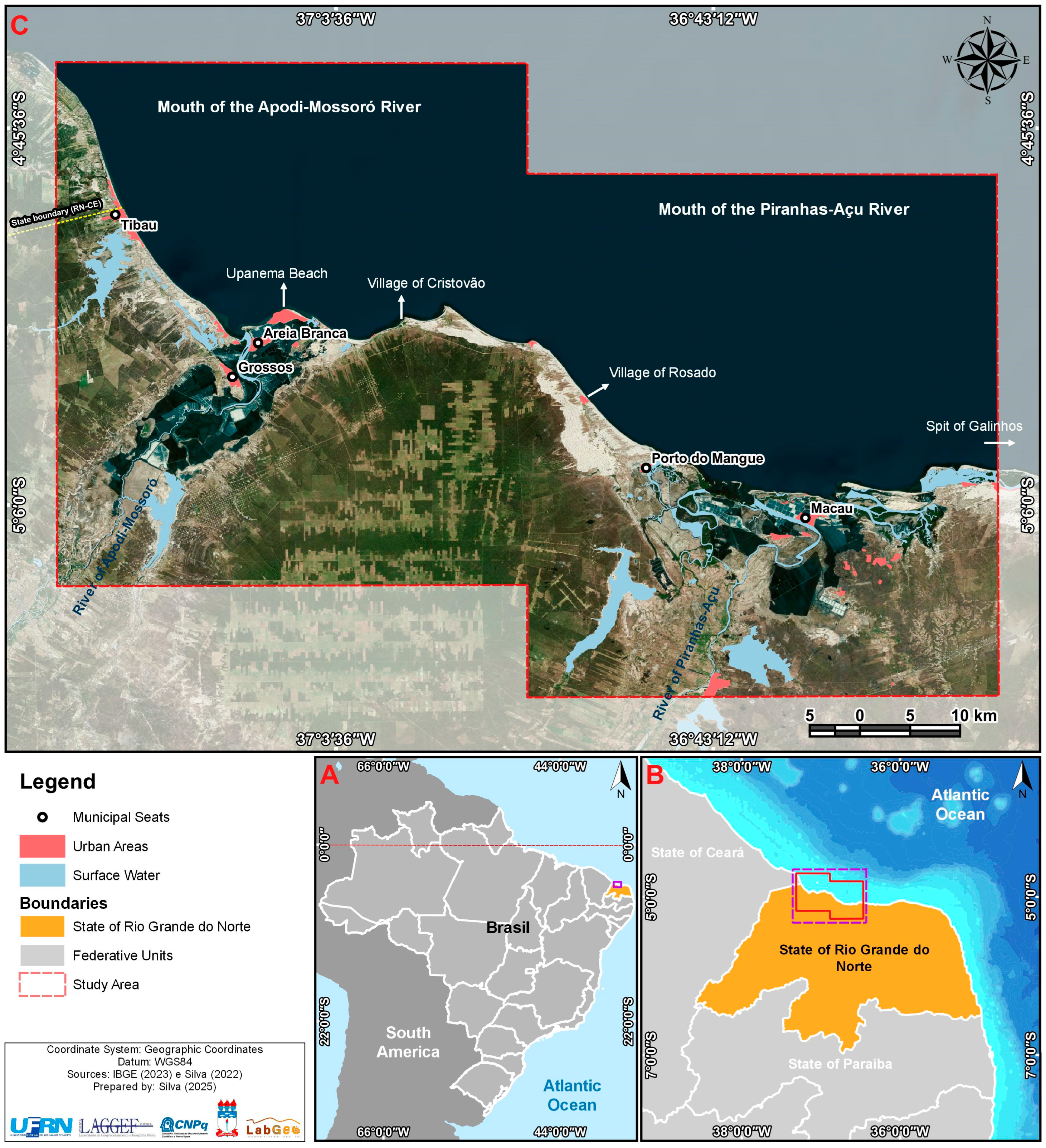

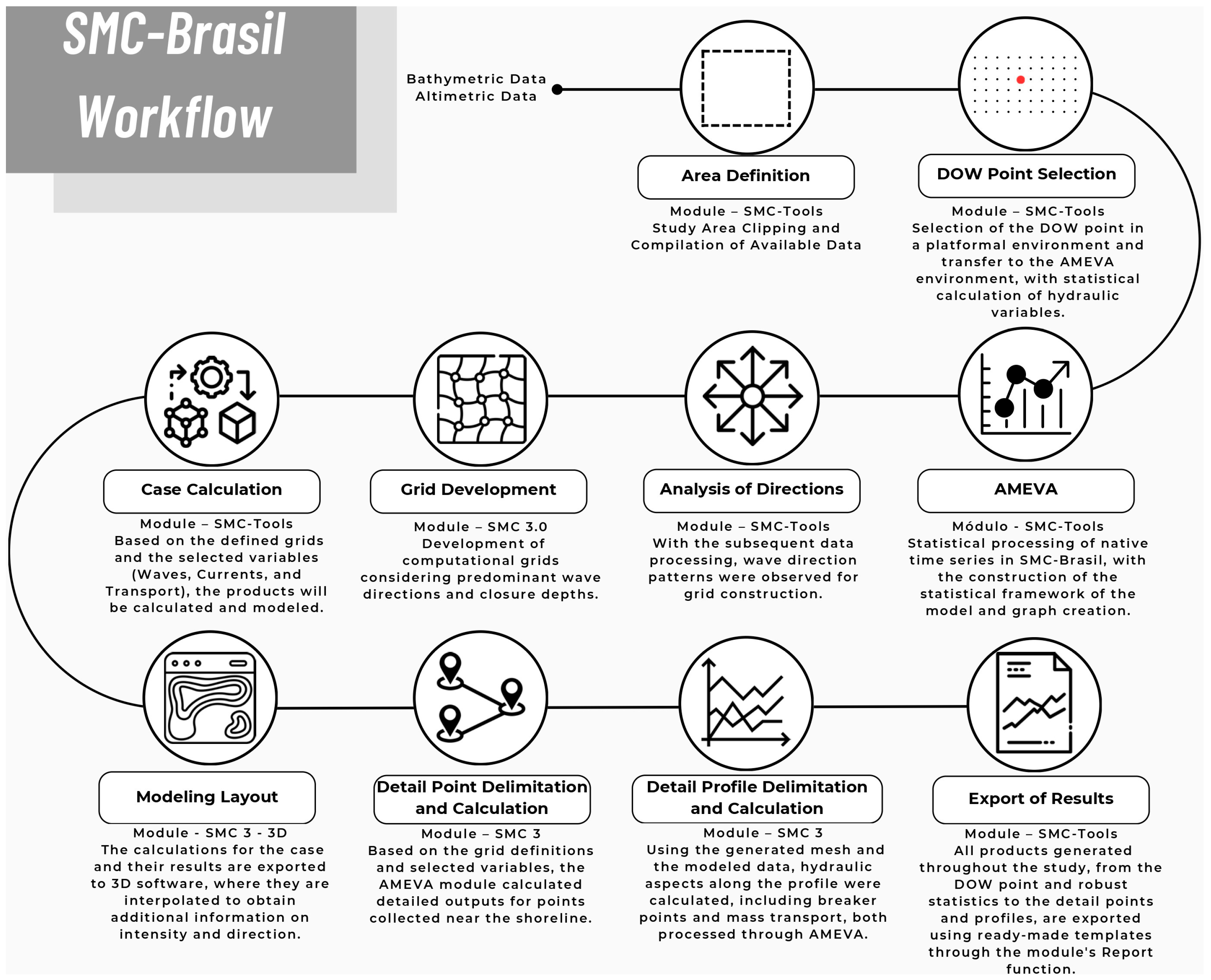
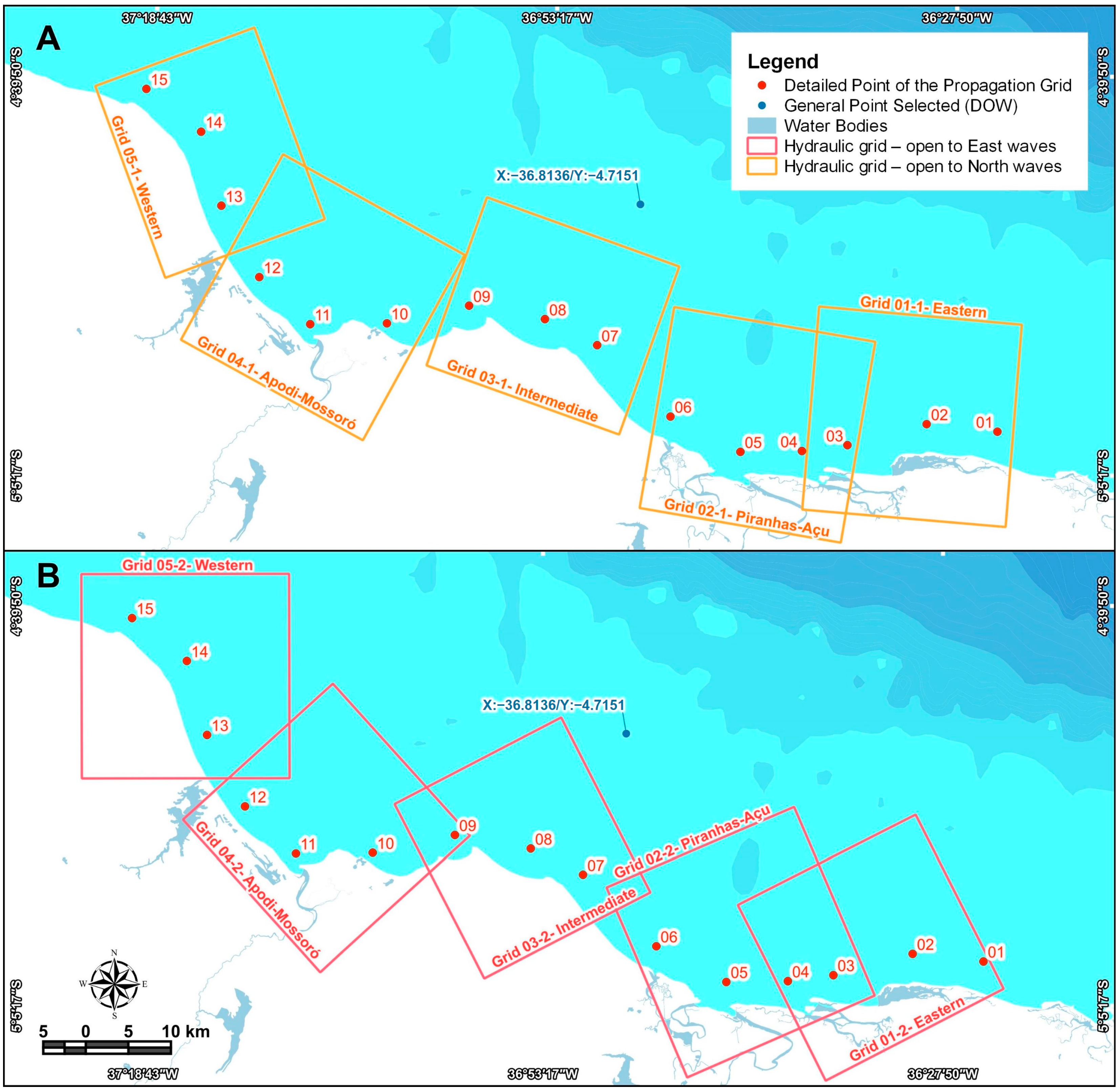
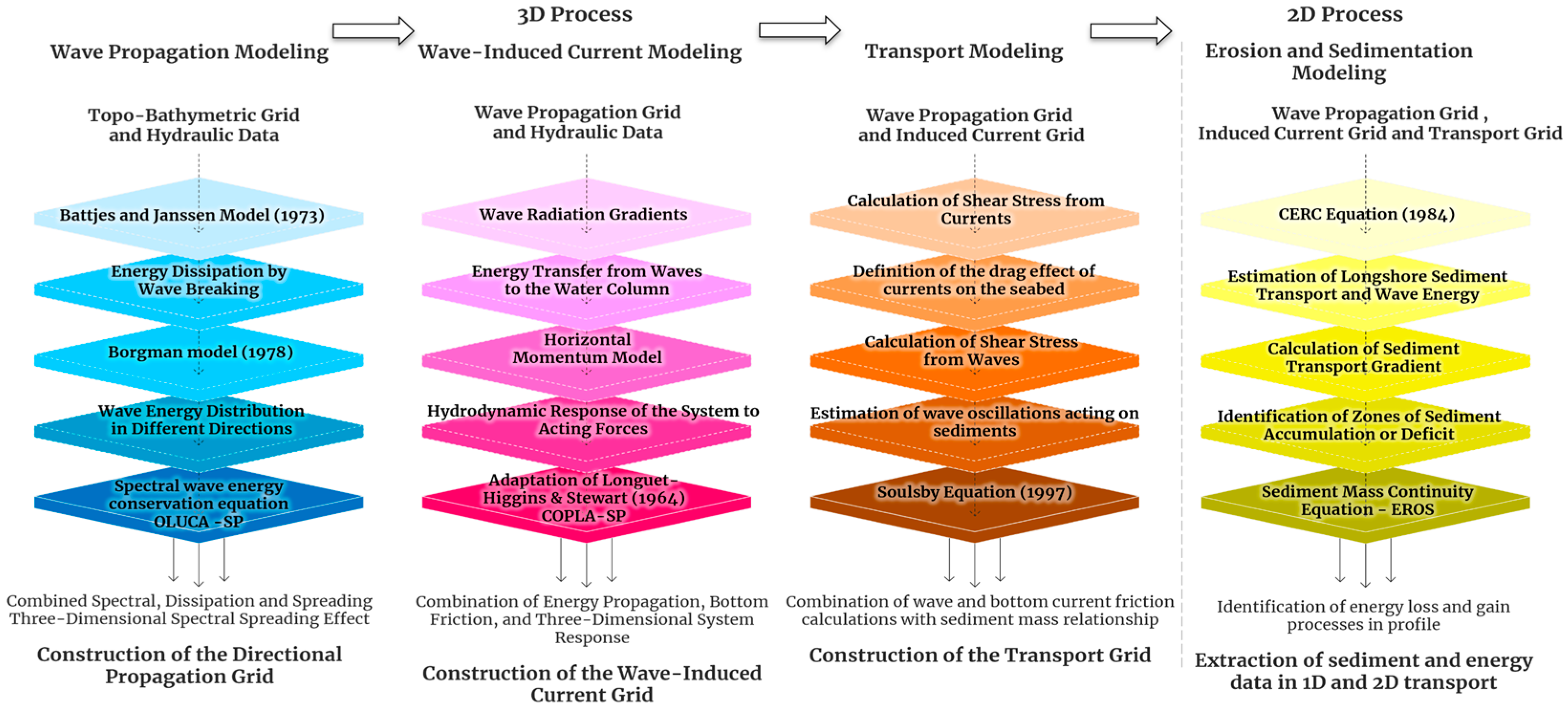
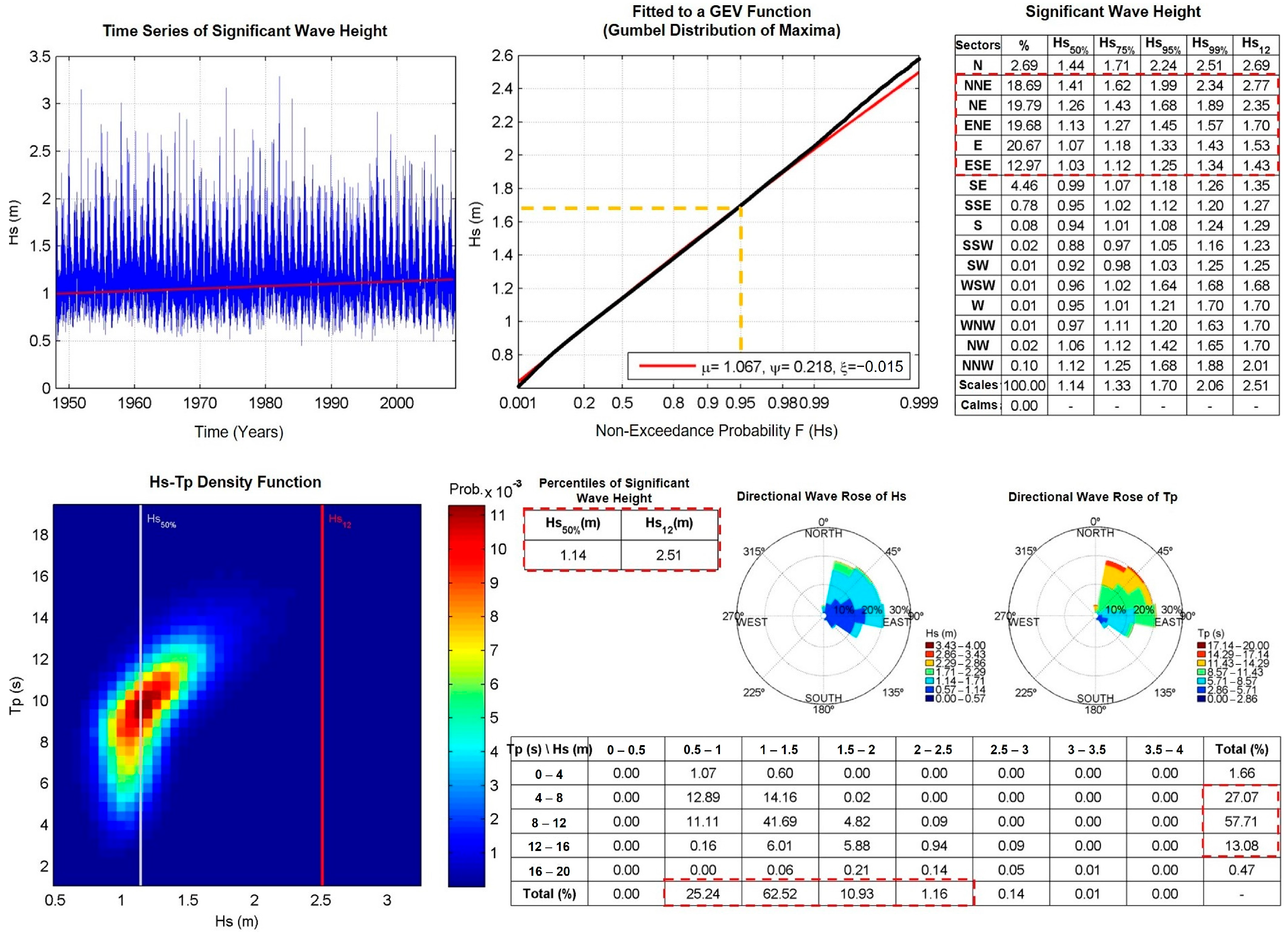
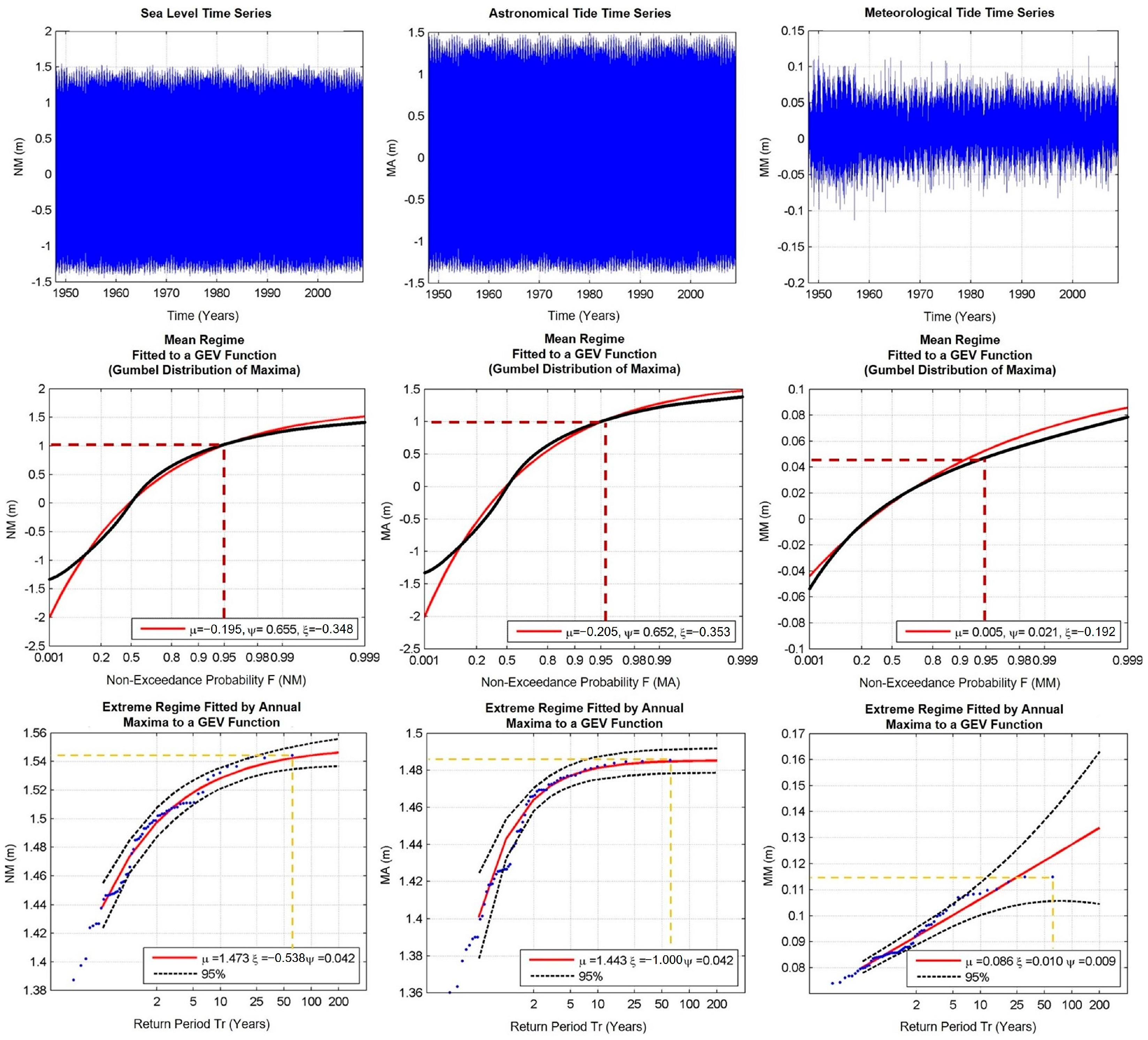
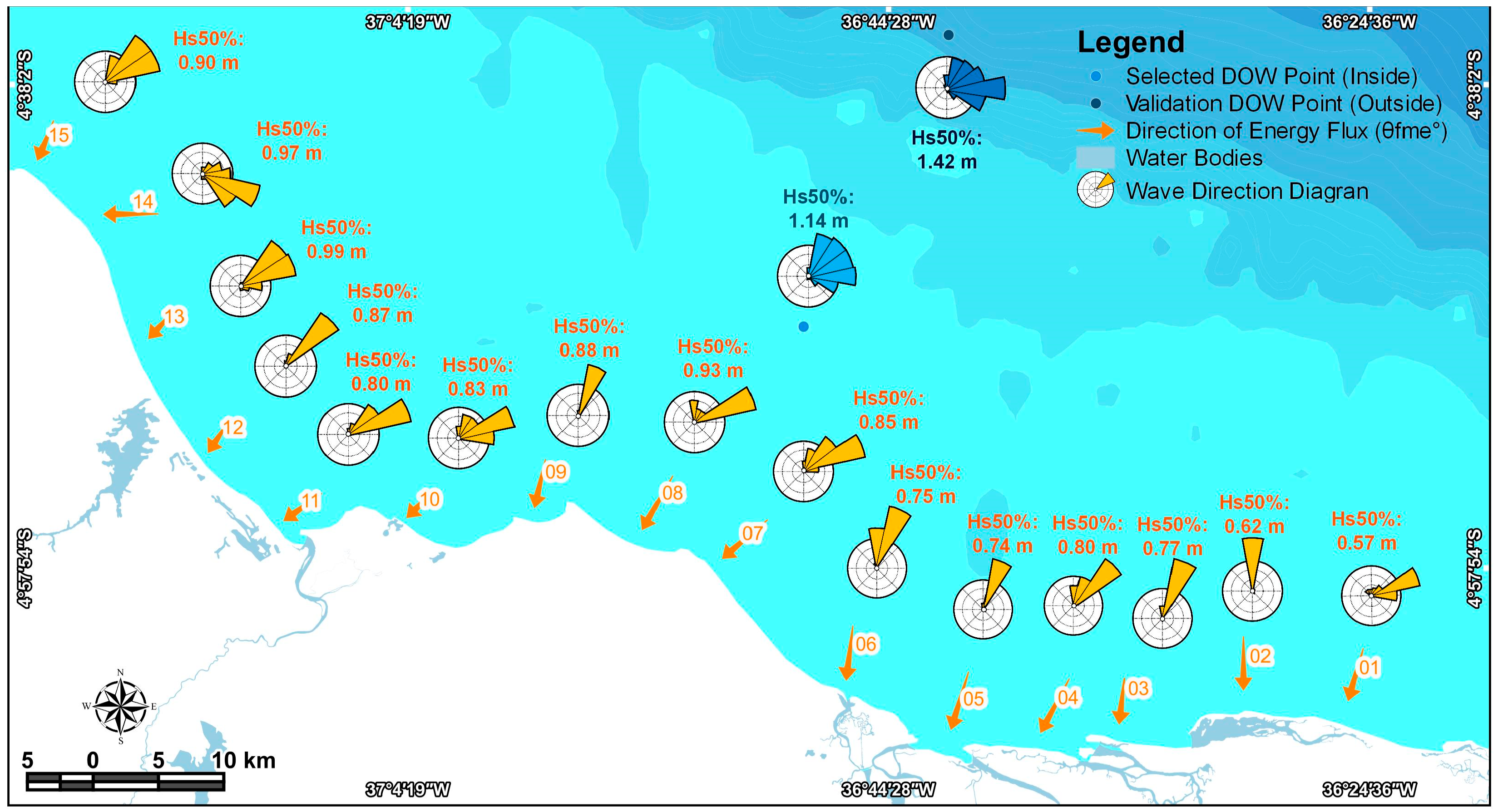
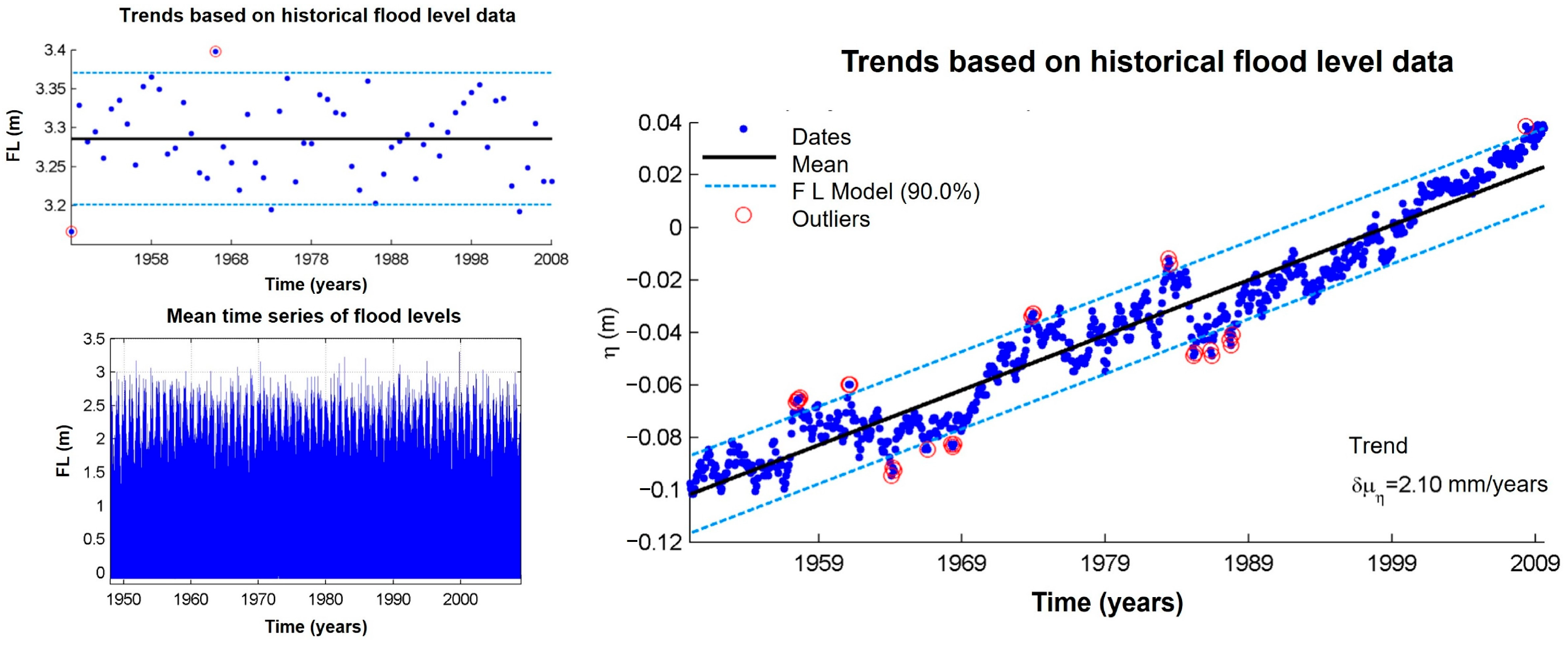

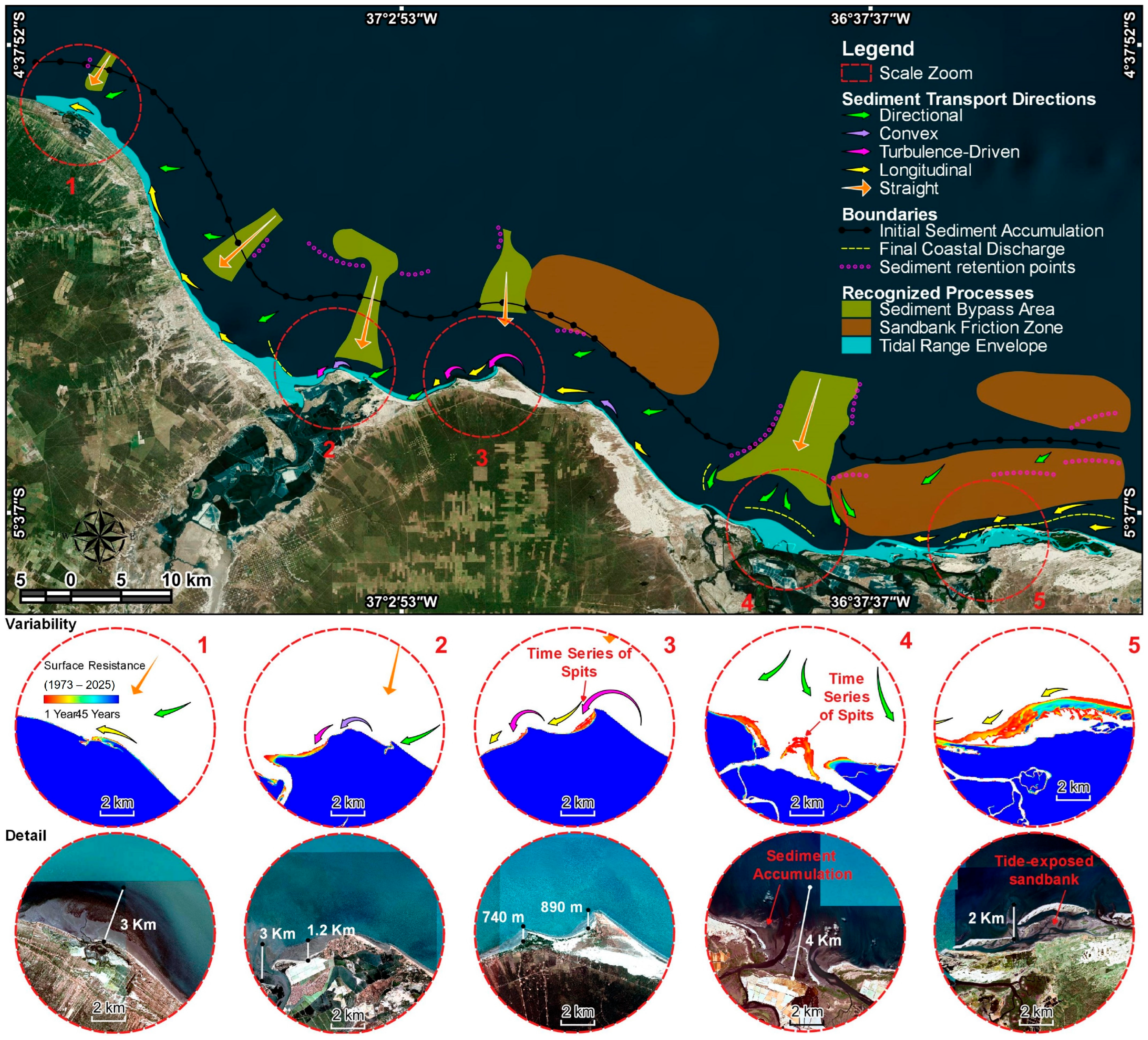
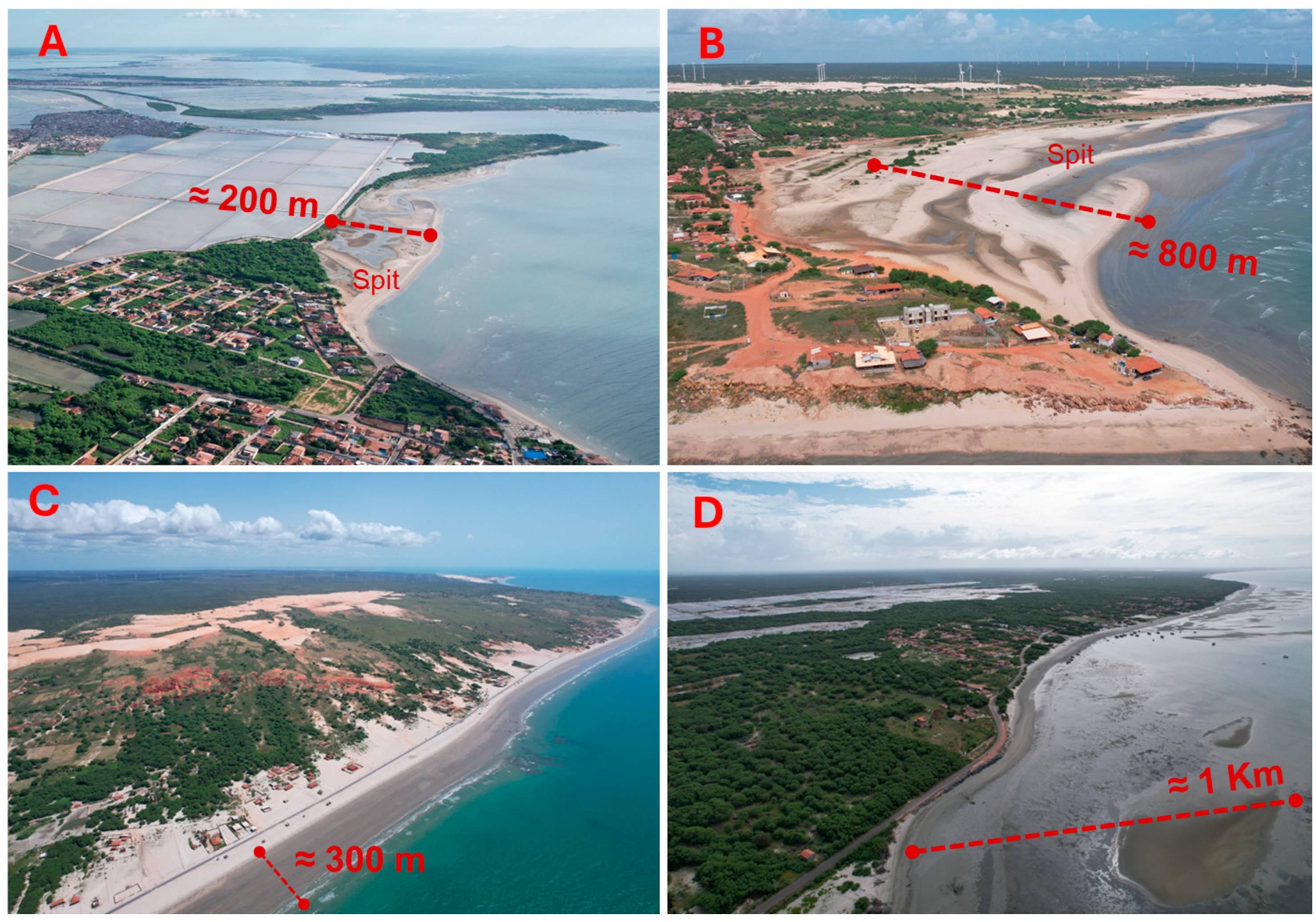
| Grid (Context)—Number- Name Grid | Resolution (m) | Orientation (°) | Directional Wave Spreading |
|---|---|---|---|
| Grid 01-1—Eastern | 25 | 45 | North |
| Grid 01-2—Eastern | 25 | 117 | East |
| Grid 02-1—Piranhas-Açu | 25 | 10 | North |
| Grid 02-2—Piranhas-Açu | 25 | 135 | East |
| Grid 03-1—Intermediate | 25 | 20 | North |
| Grid 03-2—Intermediate | 25 | 63 | East |
| Grid 04-1—Apodi-Mossoró | 25 | 29 | North |
| Grid 04-2—Apodi-Mossoró | 25 | 48 | East |
| Grid 05-1—Western | 25 | 0 | North |
| Grid 05-2—Western | 25 | 70 | East |
Disclaimer/Publisher’s Note: The statements, opinions and data contained in all publications are solely those of the individual author(s) and contributor(s) and not of MDPI and/or the editor(s). MDPI and/or the editor(s) disclaim responsibility for any injury to people or property resulting from any ideas, methods, instructions or products referred to in the content. |
© 2025 by the authors. Licensee MDPI, Basel, Switzerland. This article is an open access article distributed under the terms and conditions of the Creative Commons Attribution (CC BY) license (https://creativecommons.org/licenses/by/4.0/).
Share and Cite
Silva, T.C.L.; Diniz, M.T.M.; Araújo, P.V.d.N.; Ferreira, B. Marine Hydraulic Process Modelling Using SMC-Brasil on the Semi-Arid Brazilian Coast. Geosciences 2025, 15, 344. https://doi.org/10.3390/geosciences15090344
Silva TCL, Diniz MTM, Araújo PVdN, Ferreira B. Marine Hydraulic Process Modelling Using SMC-Brasil on the Semi-Arid Brazilian Coast. Geosciences. 2025; 15(9):344. https://doi.org/10.3390/geosciences15090344
Chicago/Turabian StyleSilva, Thiago Cavalcante Lins, Marco Túlio Mendonça Diniz, Paulo Victor do Nascimento Araújo, and Bruno Ferreira. 2025. "Marine Hydraulic Process Modelling Using SMC-Brasil on the Semi-Arid Brazilian Coast" Geosciences 15, no. 9: 344. https://doi.org/10.3390/geosciences15090344
APA StyleSilva, T. C. L., Diniz, M. T. M., Araújo, P. V. d. N., & Ferreira, B. (2025). Marine Hydraulic Process Modelling Using SMC-Brasil on the Semi-Arid Brazilian Coast. Geosciences, 15(9), 344. https://doi.org/10.3390/geosciences15090344








